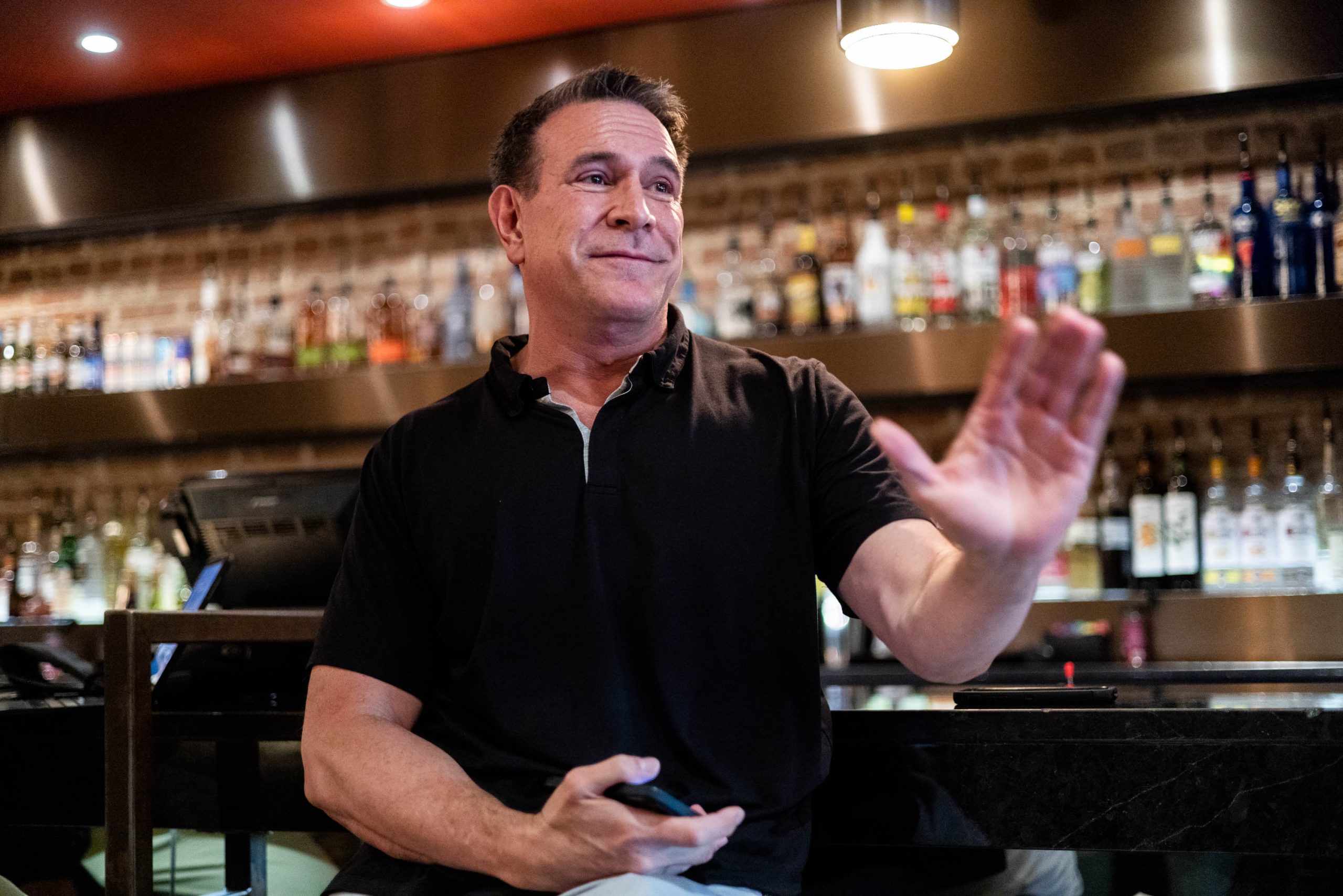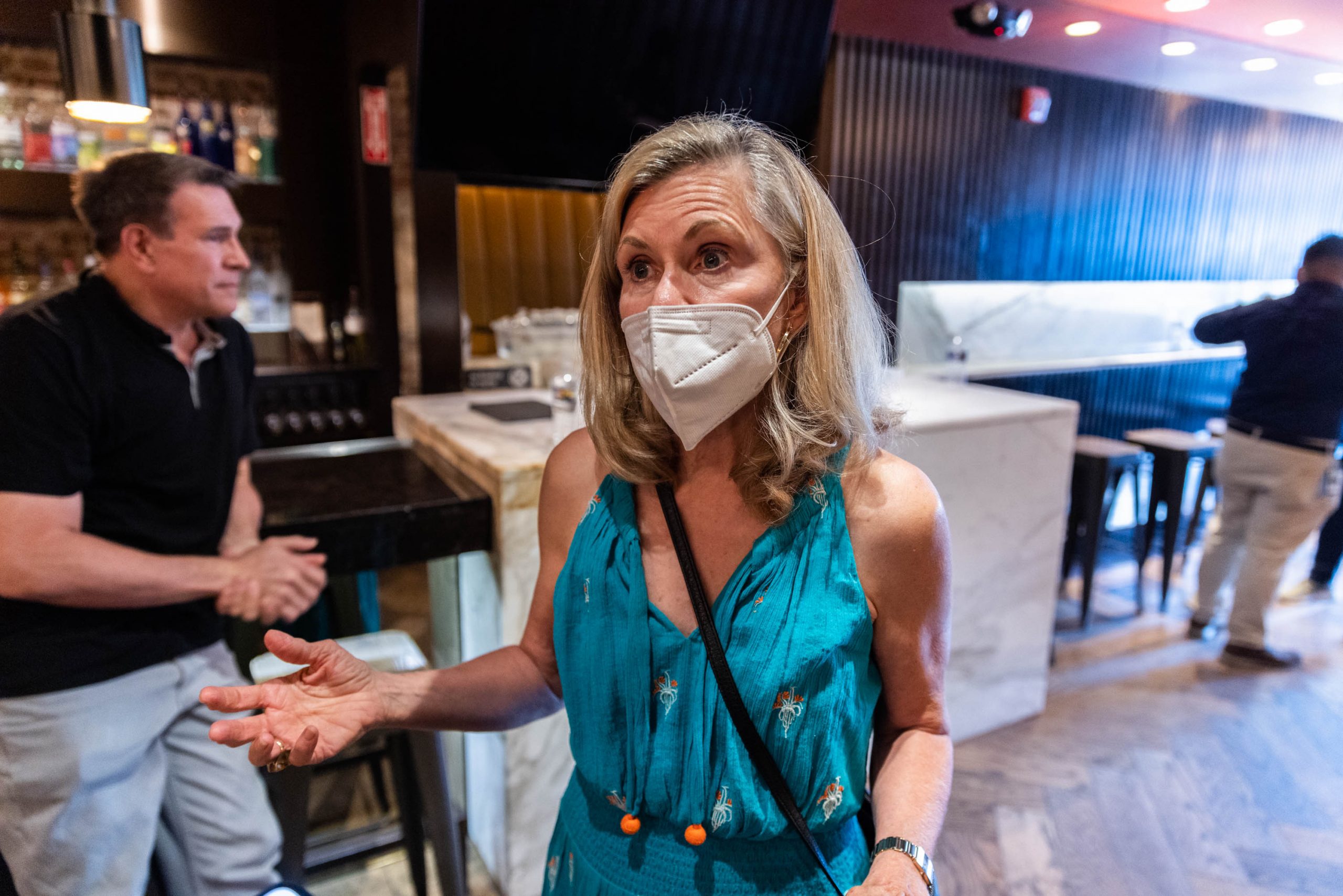The infestation of rats in Washington, D.C., neighborhoods has community members and government agencies spinning their wheels, but officials at D.C. Health say working together can end the crisis once and for all.
Over 30 community members gathered at Number Nine, a bar in Logan Circle, on Thursday to discuss the infestation with Gerard Brown, program manager for rodent and vector control at D.C. Health, and John Guggenmos, a commissioner for the Advisory Neighborhood Commission’s Ward 2. The meeting lasted well over an hour, going almost 45 minutes over the allotted time to account for everyone’s comments and concerns.
Guggenmos said when dealing with an out-of-control rat population, it is essential to go back to the basics and deny rats food and shelter.
“If we don’t do it as a community, one rat will travel 200 feet to go to a food source,” he said.
DA TO ALLOW SELECT HEARING AIDS TO BE SOLD OVER THE COUNTER
Residents can call 311 to report any sighting of rats around their residence, Brown said, and the department will respond after three days and complete an inspection.

He said the department will communicate frequently in the days after about what homeowners can do to prevent rats, such as mesh wire or rodenticides.
The department will also issue citations, some as much as a $500 ticket, if restaurants’ or businesses’ dumpsters are without a lid or have debris along the outside of the cans and bins, Brown said.
Residents can hold their local businesses accountable by taking a date-stamped photo of overflowing or unfit trash receptacles with the business’s address and submitting them to him for a ticket, Brown added.
Those photos can be used as evidence in issuing citations, Brown said, which will be an asset for the department, as trash is usually picked up before their start time at 7:30 a.m.
However, he said, issuing tickets is not the ultimate goal.
“Sometimes the property owner or property manager does not live on that property. So that’s a way we can get their attention. … We are not a money-making organization. We are a changing-behavior organization,” Brown said.

Many Logan Circle community members offered either praise or criticism of the government’s work to address the rat problem. Several said the government was not doing enough for the community, with one commenting, “Are you guys taking notes on this?” as criticisms rolled in.
Restaurants or small businesses were cited as one of the main causes of the problem, mentioning that many opt out of weekend trash pickup either due to finances or simply not wanting to do it.
However, one business owner said the biggest challenge businesses face is getting the trash companies to perform the services that they are contracted to do.
“We fight with them every week, sometimes every day. Over the pandemic, it got significantly worse. … The demand is outstripping the supply of trash services. And in D.C., as we all know, if you are a business, you have to hire a private hauler. There’s no other option,” she said.
Some residents offered praise, with Fern Ingber saying she appreciated all the work D.C. Health was doing for the community and proposed the installation of “block captains” to go door to door with government-provided flyers to alert residents to the problem.

Ingber said in an interview after the meeting that the problem has worsened over the two years since she moved to the area, not just for her but for the other residents that share her three-unit row home.
“It’s to the point now where we’ve got rats running across our porch at 3 in the afternoon,” she told the Washington Examiner.
Ingber said if residents were aware of solutions and partnerships within the government, they would be more inclined to take action.
“There is no way that everyone is not concerned that lives in the district,” she said.
CLICK HERE TO READ MORE FROM THE WASHINGTON EXAMINER
Guggenmos said city officials will continue to organize more community walks and educational meetings to get more people involved in solving the rat problem.
“We have to act like a neighborhood to solve it,” Guggenmos said.

